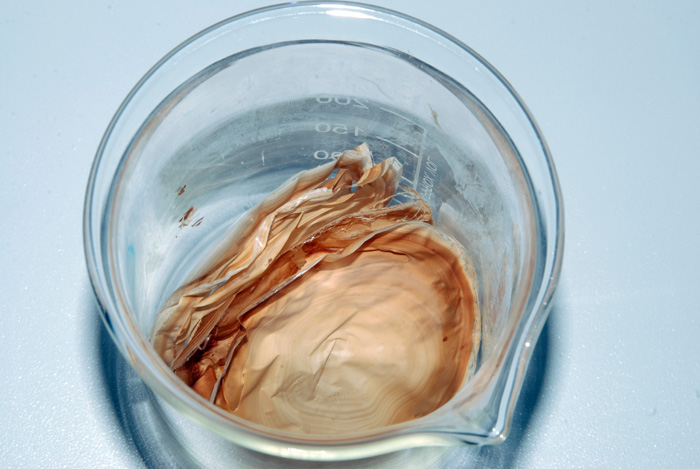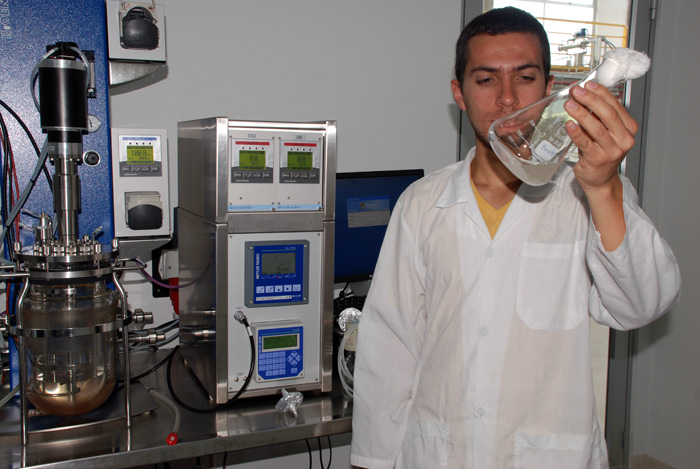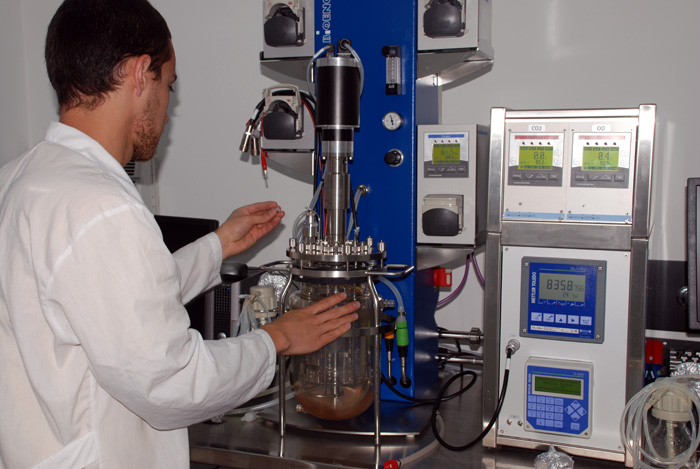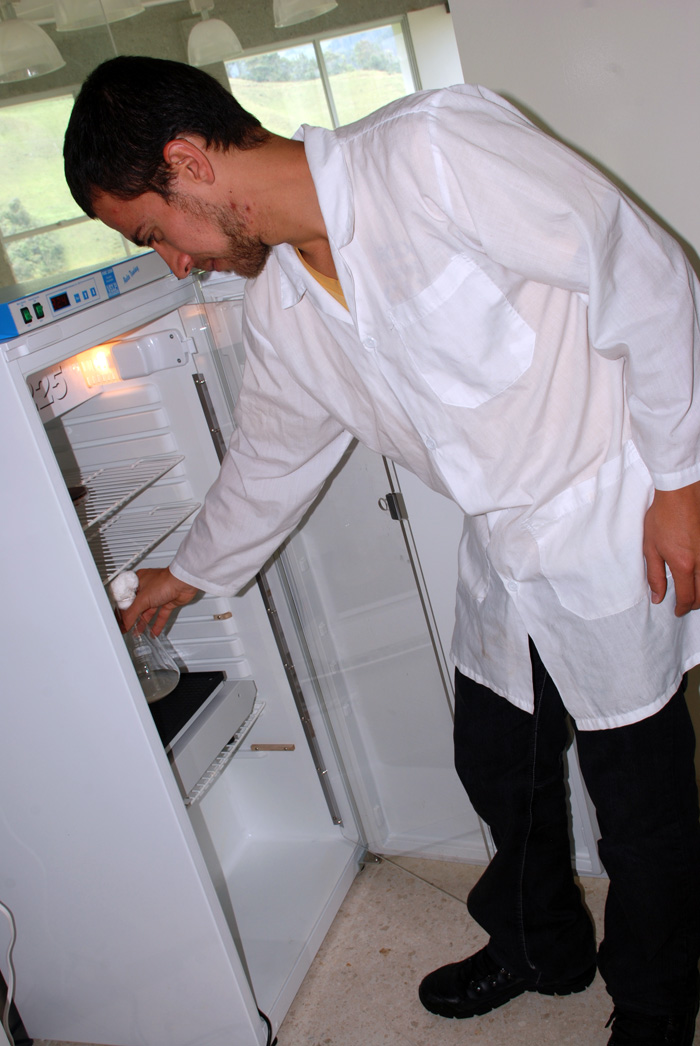This non renewable material, which today serves as raw material to build motor parts, electric and electronic appliances, bodyworks, electrical insulators, pipes, waterproofing, bags, bottles, toys, chairs, suitcases, furniture, etc., is easy to extract and inexpensive. However it affects the environment, because its fabrication process involves the consumption of great amounts of energy, emitting important quantities of CO2, and contributing to the greenhouse effect.
In addition, articles made of polymers are no biodegradable, which means that they will take years, even centuries, to decompose
The biopolymer (compounds made of renewable sources) made of dairy farm waste and biodiesel by"products (generally thrown away) will serve to produce any kinds of articles, depending on the industries needs.
"One of the main goals of this project is to evaluate and benefit from these agricultural residues "generally thrown away" in order to elaborate products with added value, without affecting the environment," explains Javier Mauricio Naranjo Vasco, researcher at the Manizales campus.
During the process, the experts used a group of microorganisms that have the ability to recognize glycerol and whey among the waste. They feed themselves from these substances and, through a process known as "nutritional stress", they turn them into a biopolymer.
In addition, the researchers used elements such as nitrogen, carbon and oxygen, to stimulate the bacteria in order to produce this compound, which represents for them a survival mechanism.
During this phase, researchers break the cell"s membranes with a special solvent to extract the accumulated polymer, which is later isolated.
The resulting solid polymer can now be used in the production of various products.
According to Naranjo Vasco, "Polyhydroxybutyrate are biopolymers with special thermal properties; they are biodegradable, biocompatible and can be produced from renewable sources. They are expected to replace petroleum derivates, once the technologic infrastructure of polyethylene and polypropylene gets improved."
The product obtained by the research group at the Universidad Nacional de Colombia in Manizales, would allow industries working with biodiesel or milk to benefit from the by"products, they would be able to sell them to produce the innovative biopolymer, which, in addition for having multiple applications, degrades completely when it finishes its lifespan. Regarding the costs, commercialization of raw materials represents a diminution on the total value of the biopolymers fabrication process, which makes it competitive against petroleum.
The project will conclude in two months. Researchers hope to supply industries with this technologic alternative.
 Correo Electrónico
Correo Electrónico
 DNINFOA - SIA
DNINFOA - SIA
 Bibliotecas
Bibliotecas
 Convocatorias
Convocatorias
 Identidad UNAL
Identidad UNAL






